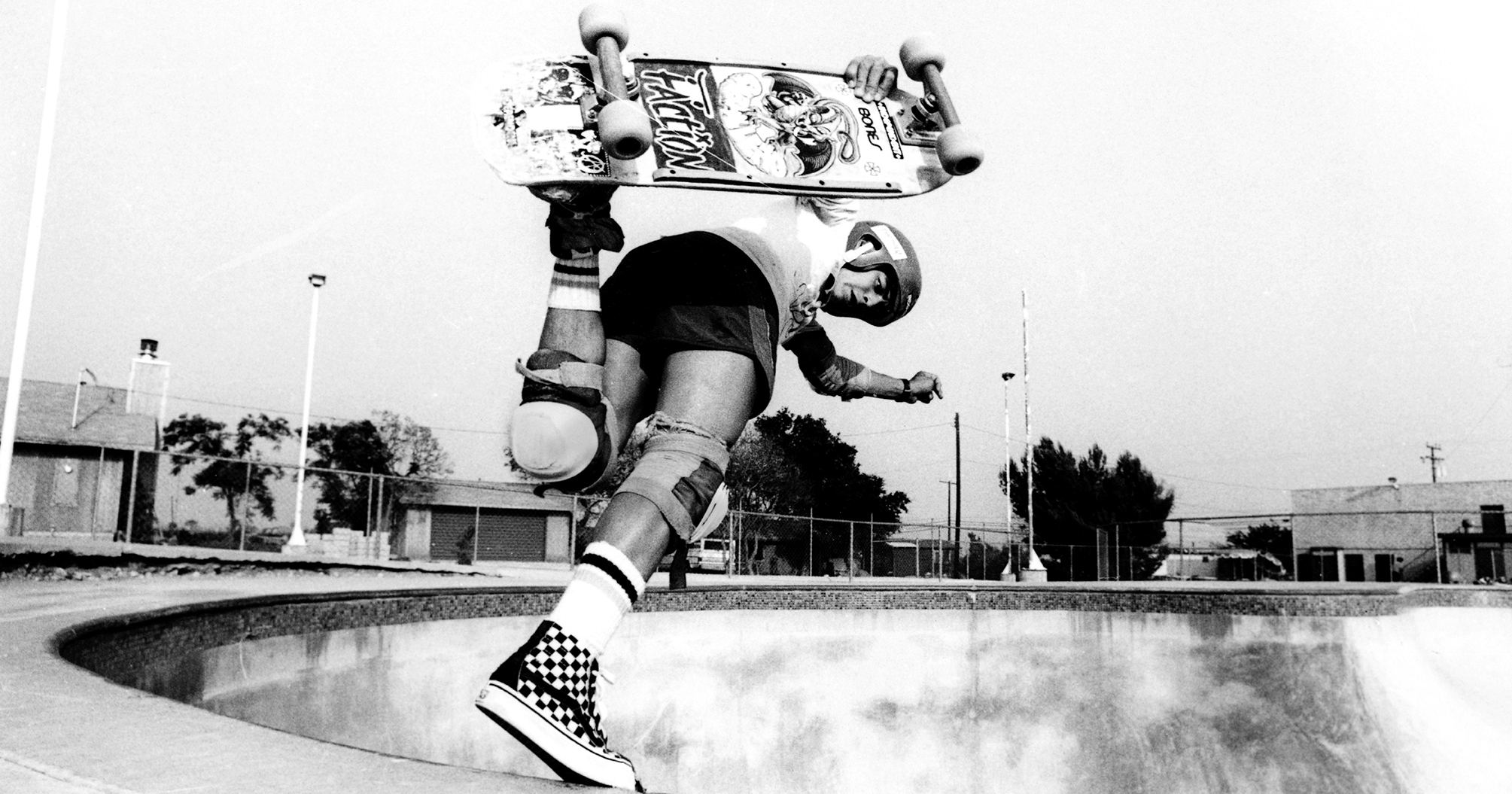
A lot can change in 50 years. Since Vans was founded 50 years ago on March 16, 1966, they’ve gone from skateboarding staple to J. Crew collaborators. One thing that hasn’t changed much: the shoes.
The Van Doren Rubber Company, later shortened to just Vans, started about a mile from Disneyland, in Anaheim, Calif., under brothers Paul and James Van Doren and partners Serge D’Elia and Gordon Lee. The first day the store opened, around 16 people came in to purchase shoes. “We did anything we possibly could to try and get a customer,” says Steve Van Doren, son of co-founder Paul Van Doren, who began working for the company at age 10 and retains a Vice President role with Vans, even though the company was acquired by VF Corporation in 2004. “So if someone wore a size 9 on one foot and an 8 on the other, we’d sell them a 9 right and 8 left and wouldn’t charge them extra.” In the beginning, the Vans Authentic shoe, which still sells today, retailed as $4.49 for men, and $2.29 for women.
By the early-1970s, Vans had become popular with Santa Monica and Venice-area skaters, like the Z-Boys‘ Tony Alva and Stacy Peralta, due to their durability and thick rubber sole. As Alva explains, skateboarders at the time didn’t use grip tape on their boards, and they noticed that the rubber-soled Vans stuck well to the wood decks. “It’s just a practical product that really works for what we like to do,” Alva says. “They are by far the most functional and best shoes for skateboarding.”
The company responded to their popularity in the skateboard market by introducing a dedicated skate shoe in the mid-1970s—the Era, first known as “Style #95″—and letting boarders like Alva request custom shoes made out of their own custom fabric choices. Skaters were also the source of the iconic checkerboard pattern, which Van Doren introduced after seeing kids drawing on their shoes. In addition to the rubber sole, the Era offered skaters padding and greater protection around the ankles.
In 1982, with the release of Fast Times at Ridgemont High, the popularity of Vans exploded in response to the checkerboard slip-ons worn by Sean Penn’s character, Jeff Spicoli. In the years that followed, the company continued to move beyond the skateboard market and cement its place in pop culture: Since the early 1980s, Vans has hosted the Triple Crown of Surfing in Hawaii, and since 1995 have sponsored the Vans Warped Tour music festival.
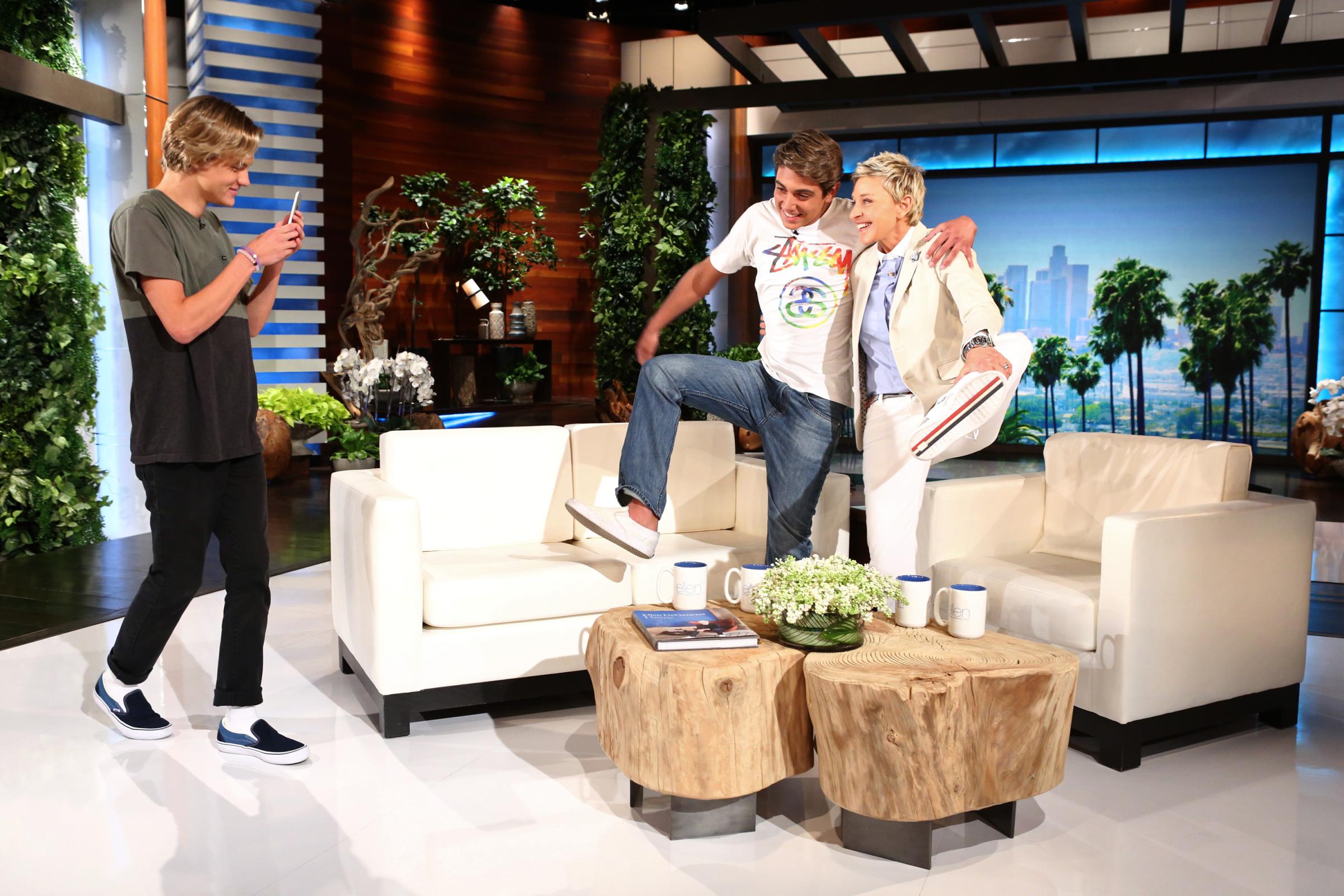
The latest step in the Vans story is one that nobody could have predicted back in 1966.
In February of 2016, the “Damn, Daniel” viral video, featuring high school student Daniel Lara wearing a pair of white Vans slip-ons, brought the shoe a fresh round of attention—and even got Lara and his friend Josh Holz an appearance on Ellen. His gift from the company in honor of his new? A lifetime supply of Vans, naturally.
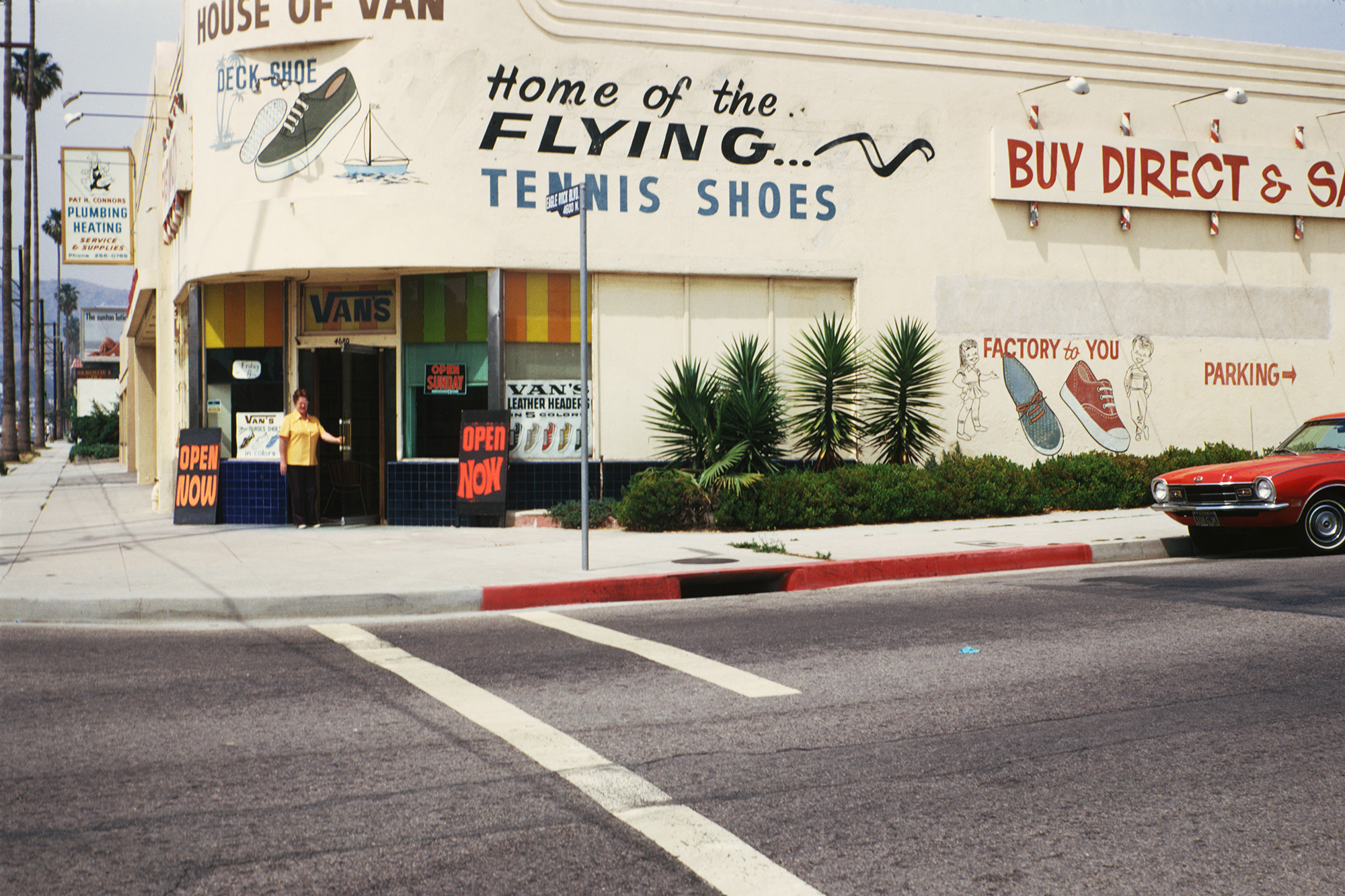
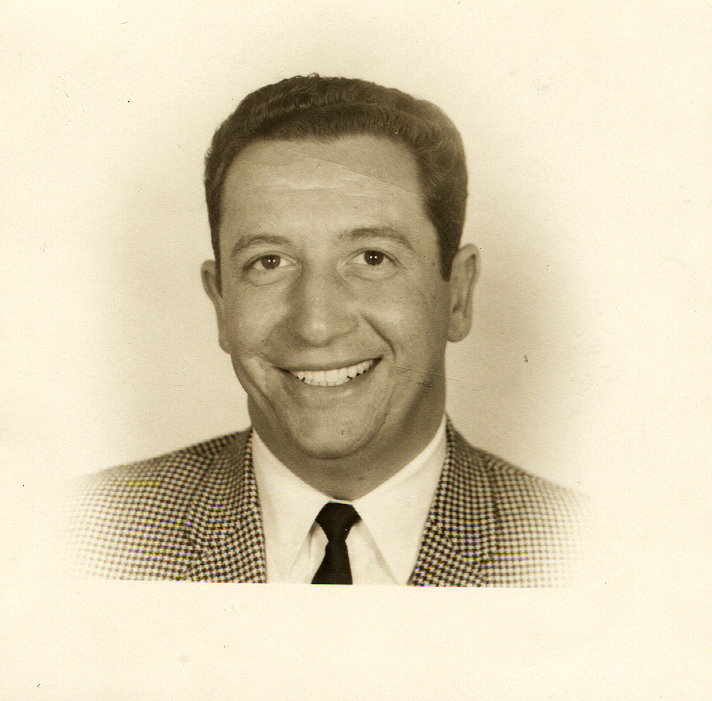
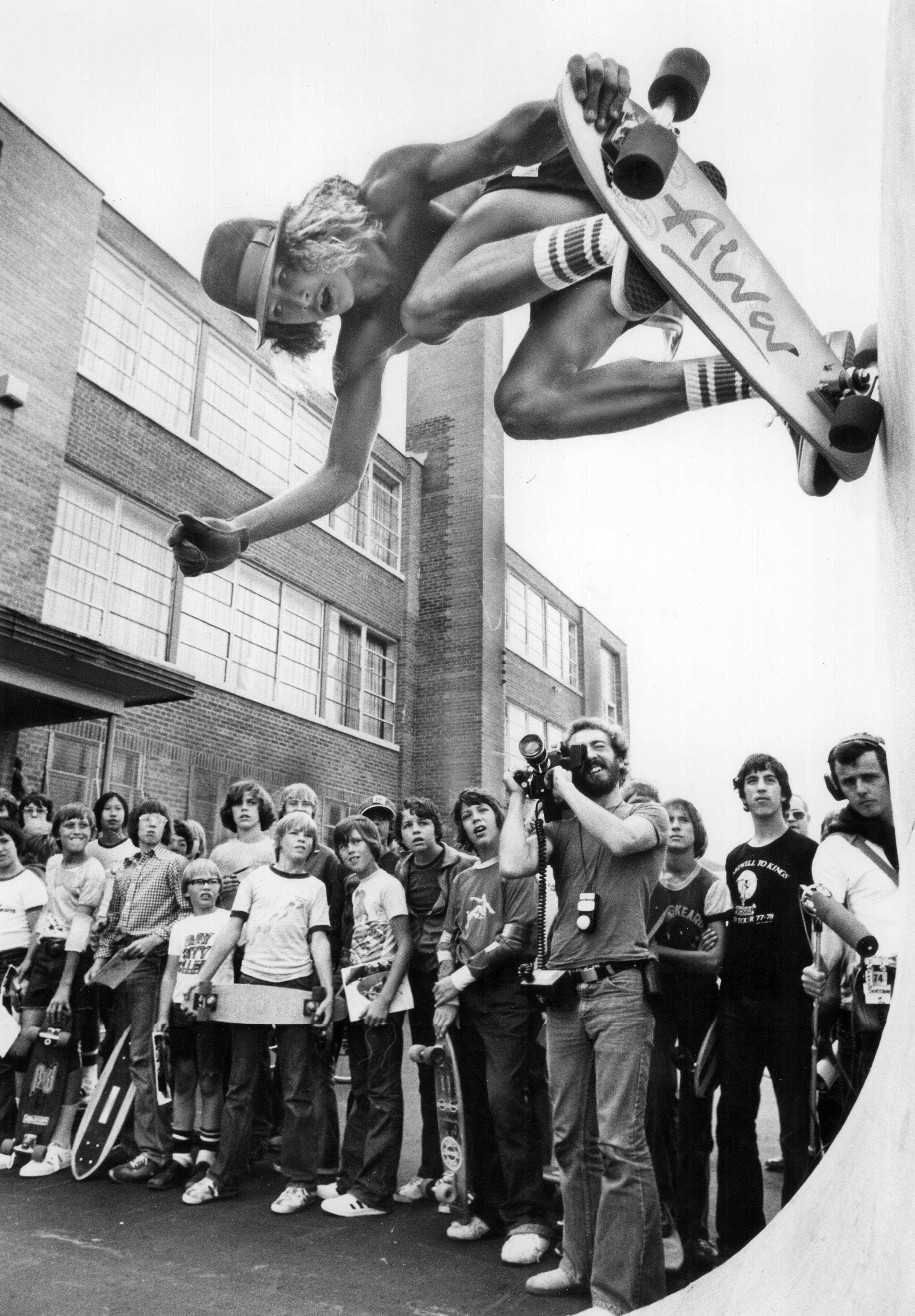
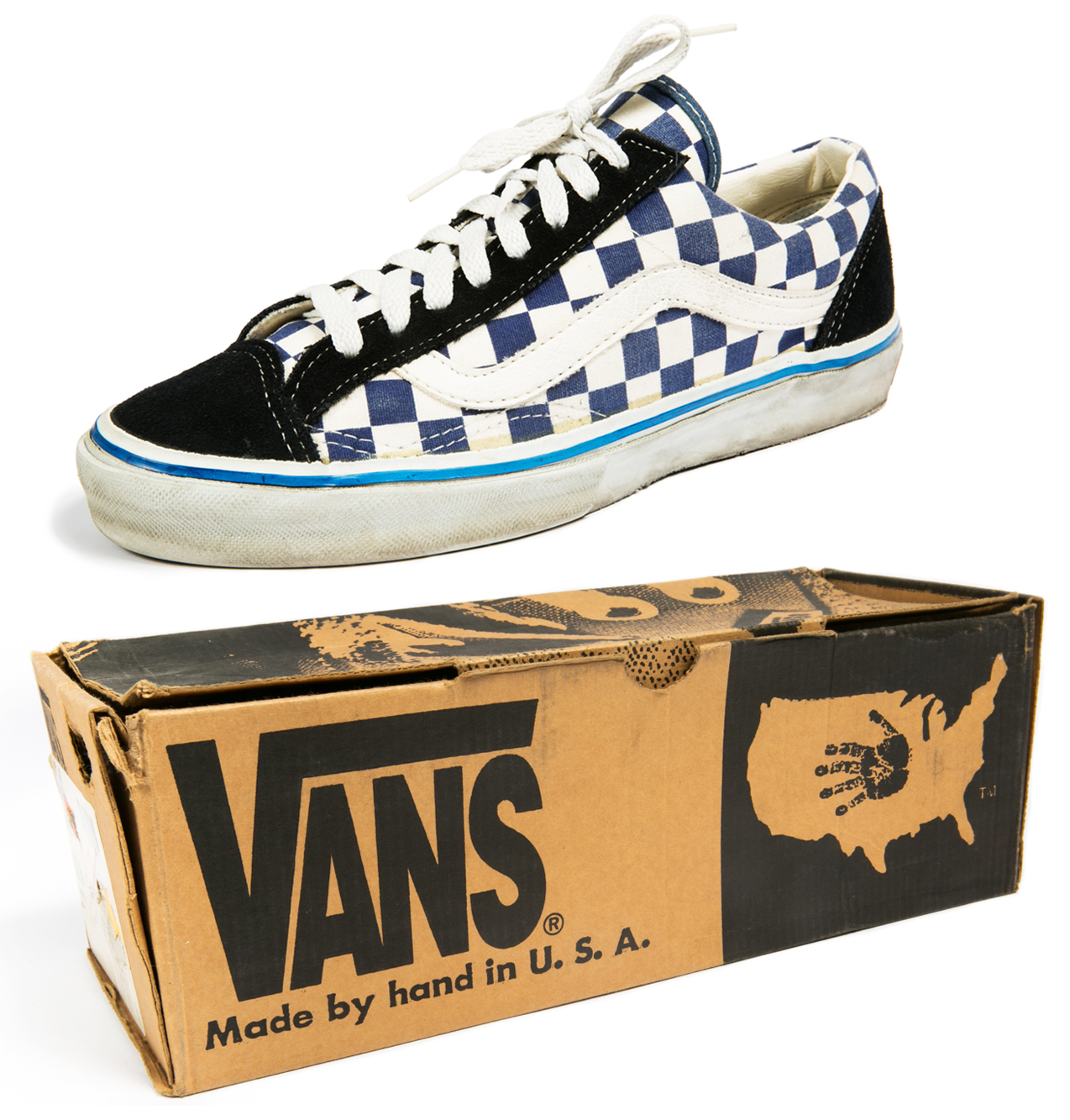
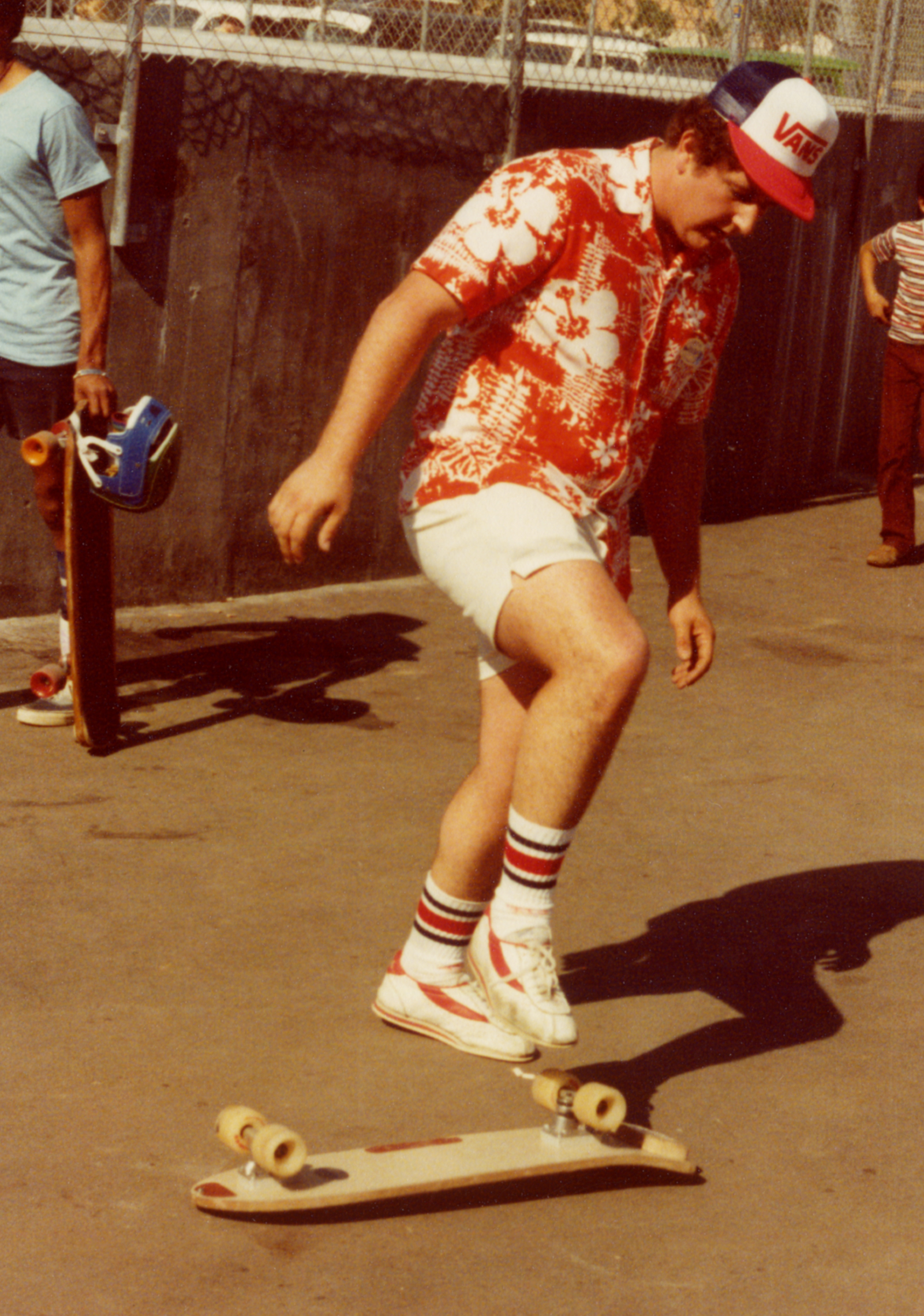
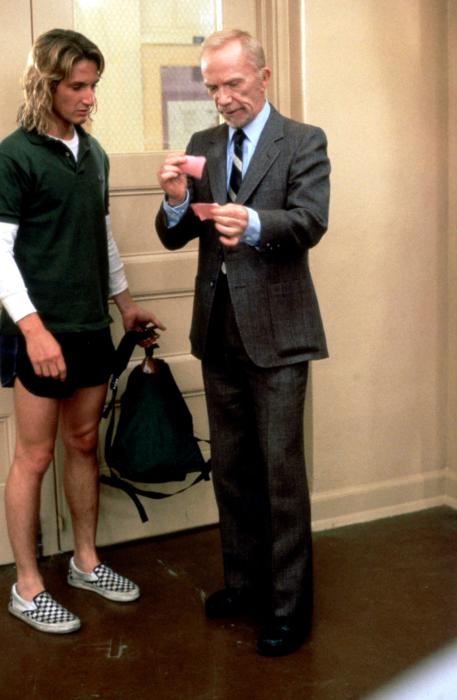
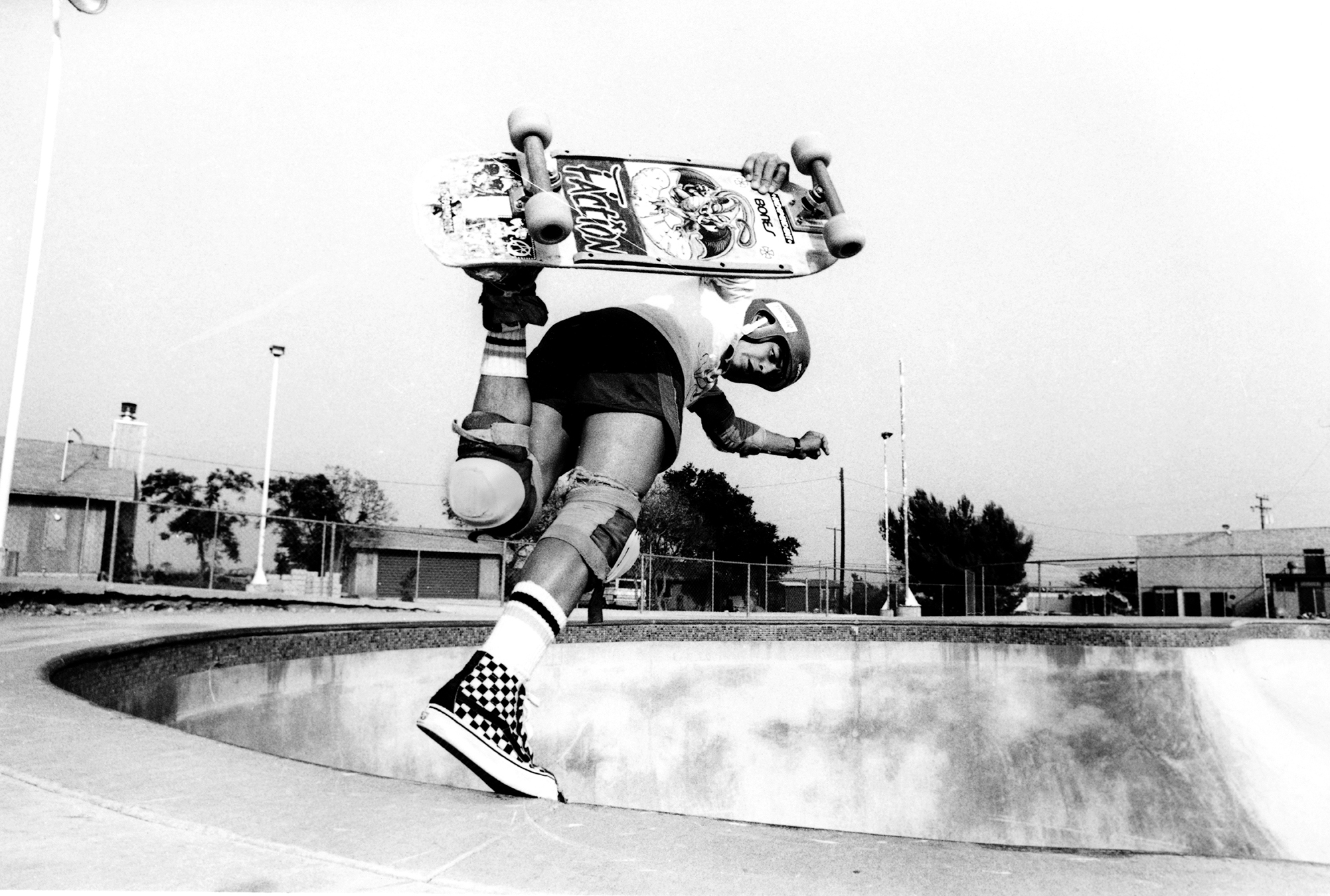
More Must-Reads From TIME
- The 100 Most Influential People of 2024
- The Revolution of Yulia Navalnaya
- 6 Compliments That Land Every Time
- What's the Deal With the Bitcoin Halving?
- If You're Dating Right Now , You're Brave: Column
- The AI That Could Heal a Divided Internet
- Fallout Is a Brilliant Model for the Future of Video Game Adaptations
- Want Weekly Recs on What to Watch, Read, and More? Sign Up for Worth Your Time
Contact us at letters@time.com